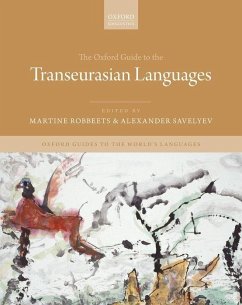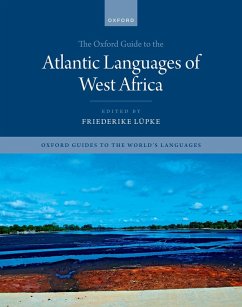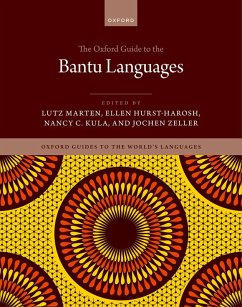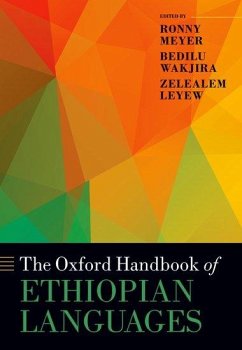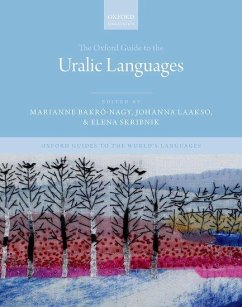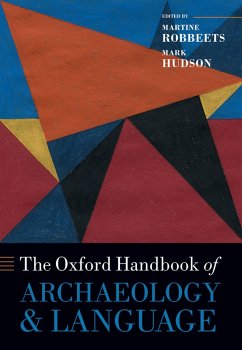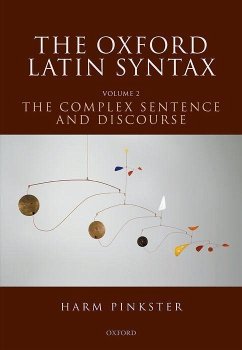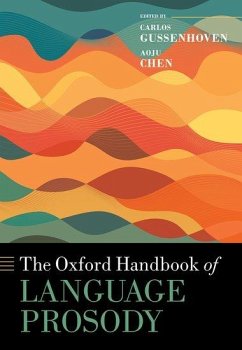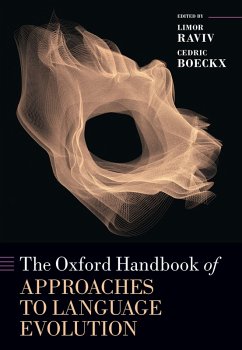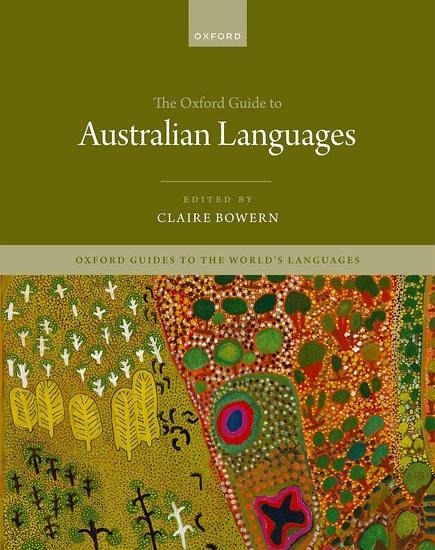
The Oxford Guide to Australian Languages
Versandkostenfrei!
Versandfertig in über 4 Wochen
196,99 €
inkl. MwSt.

PAYBACK Punkte
98 °P sammeln!
This book is a wide-ranging reference work covering the more than 550 Indigenous languages of Australia. The chapters in the book explore typology and classification; linguistic structures; sociolinguistics and language variation; and language in the community. The final part offers sketches of a selection of languages, sub-groups, and families.




